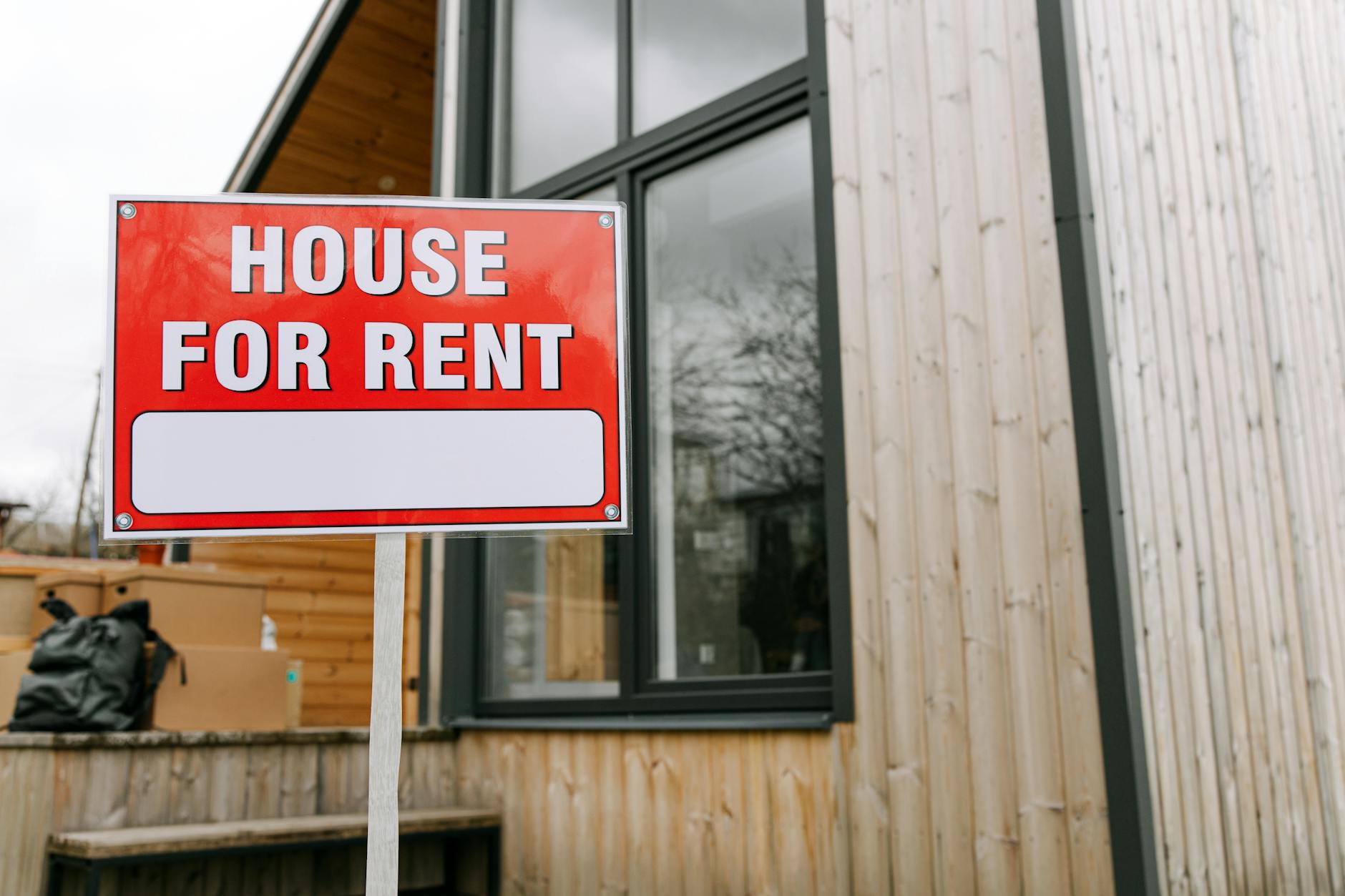Effective Strategies for Section 8 Tenant Applications and Landlord Support
Effective strategies for Section 8 tenant applications and landlord support address a critical intersection in affordable housing. Navigating the complexities of the Section 8 Housing Choice Voucher program can pose challenges for both tenants seeking housing and landlords looking to participate. This program plays a vital role in providing affordable options for low-income families, yet success hinges on understanding the application process, program requirements, and how landlords can effectively support tenants. By exploring practical strategies—from preparing strong tenant applications to cultivating positive landlord-tenant relationships and comprehending program regulations—this article aims to empower both parties. These insights ensure smoother application processing, enhance tenant stability, and encourage landlord participation in this essential housing initiative.
Understanding the Section 8 application process for tenants
Success in the Section 8 tenant application begins with a clear grasp of the application stages and required documentation. Tenants must first meet income eligibility criteria established by the local Public Housing Authority (PHA). Beyond income verification, applicants typically need to provide personal identification, proof of residency, and sometimes background checks. Timeliness and accuracy in submitting these materials are crucial to avoid delays or denials. Understanding the waitlist system is also important, as many jurisdictions operate on a first-come, first-served basis or lottery systems due to high demand. Prospective tenants should maintain regular communication with the PHA to stay informed of their application status and any required updates.
Preparing a strong tenant application
A well-prepared tenant application not only meets basic requirements but also demonstrates reliability and readiness to landlords and PHAs. Key strategies include:
- Gather all documents in advance: Social Security cards, pay stubs, bank statements, and letters of recommendation from previous landlords bolster credibility.
- Complete applications thoroughly: Missing or inconsistent information can cause setbacks.
- Write a personal statement: Explaining your housing needs and commitment to maintaining the property can favorably influence approval.
- Stay responsive: Answering PHA requests promptly helps keep the process moving.
How landlords can support Section 8 tenants effectively
Landlord engagement is fundamental to the success of Section 8 housing. Landlords who understand their roles and offer support create stable, mutually beneficial tenancies. Key landlord strategies include:
- Familiarize with HUD and local PHA regulations: Knowing inspection standards, rent reasonableness criteria, and tenant rights prevents misunderstandings and violations.
- Communicate proactively: Establish open lines for addressing tenant concerns, maintenance issues, and lease agreements.
- Ensure property readiness: Meeting health and safety standards expedites approval and promotes tenant satisfaction.
- Offer orientation sessions: Helping tenants understand lease terms and their responsibilities encourages compliance and reduces turnover.
Best practices for collaboration between tenants, landlords, and PHAs
Collaboration between tenants, landlords, and PHAs strengthens the Section 8 housing experience. By working together, parties can avoid common pitfalls and streamline processes. Recommended practices include:
- Regular updates: Tenants and landlords should keep PHAs informed about changes in income, family composition, or contact information.
- Mediation and dispute resolution: PHAs often provide support services that resolve conflicts amicably, preserving housing stability.
- Educational workshops: Community programs that educate all parties about rights, responsibilities, and program requirements create transparency.
- Feedback loops: Landlords and tenants providing feedback to PHAs can improve service delivery and program adjustments.
| Stakeholder | Key responsibilities | Strategies for success |
|---|---|---|
| Tenant | Apply accurately, maintain income eligibility, communicate updates | Organize documents, meet deadlines, engage with landlords and PHA |
| Landlord | Maintain property standards, understand regulations, facilitate tenant support | Attend training, provide responsive communication, conduct property inspections |
| PHA | Verify eligibility, inspect units, process payments | Offer clear guidance, resolve disputes, provide educational resources |
Conclusion
Navigating the Section 8 Housing Choice Voucher program requires informed strategies from both tenants and landlords to foster efficient applications and sustainable housing arrangements. Tenants benefit from preparing comprehensive, accurate applications and maintaining open communication with agencies, while landlords enhance outcomes by complying with program rules and supporting tenant needs. Collaboration among tenants, landlords, and PHAs is essential for addressing challenges proactively, ensuring housing quality, and reducing turnover. Ultimately, these strategies strengthen the affordable housing ecosystem by facilitating access to safe, affordable homes and encouraging landlord participation. By embracing these approaches, all parties contribute to the success and longevity of Section 8 housing opportunities.
Image by: Ivan Samkov
https://www.pexels.com/@ivan-samkov
editor's pick
latest video
news via inbox
Nulla turp dis cursus. Integer liberos euismod pretium faucibua

